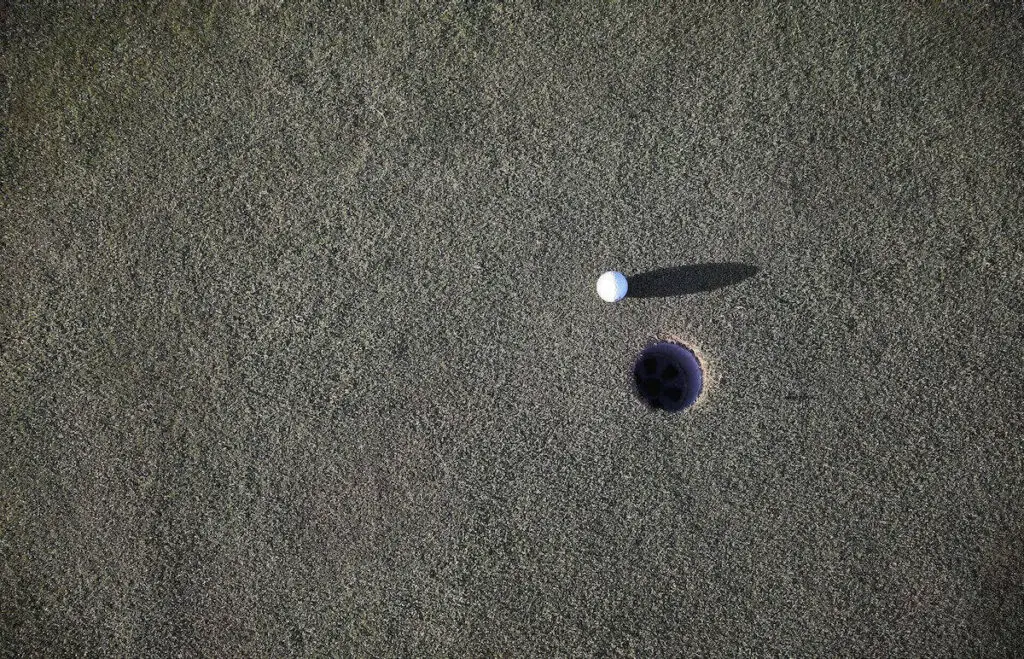Physical Address
304 North Cardinal St.
Dorchester Center, MA 02124
Physical Address
304 North Cardinal St.
Dorchester Center, MA 02124
Anyone looking to become a professional golfer should be acquainted with the basic golfing terminology. Albatross and eagle aren’t just types of birds flying around in the sky – they’re also golfing scores and terms. For starters, learn what is a golf hole called and other related vocabulary.
Golf holes are actual holes in the ground on a golf course. They’re 4,25 inches in diameter and are otherwise known as “cups.” Strikes from various positions on the green or with different techniques have specific names; each of them holds prestige and is scored differently. Players also refer to the club headquarters as the “19th Hole.”

Golf holes are also known as “cups” to any professional player or anyone who spends enough time on golf courses. However, if you’re just starting a golfing career or getting into it as a hobby, you won’t have to learn the entire golfing terminology immediately.
Start by paying for golfing club membership and find the best way to organize your clubs in the bag. After you have all the equipment and tee times, it’s time to learn more about golfing terminology.
Holes are the primary targets in golf. The game’s aim is to strike a ball with a suitable club far and well enough that it reaches the target. If you can make the ball reach the target in one try, that’s an Ace.
If you can’t hit the target in one shot, you can try again with a different club and strike type. However, each target has a certain number of attempts called “pars.”
If a target is par-4, then a player gets the ball into it in four tries on average. Still, beginners very often don’t get to be this lucky, so they must practice their handicaps to improve.
They are called ‘cups’ because they’re made of actual plastic cups. They’re not just dug into the ground without any maintenance or arrangement. Cups, typically made from white plastic, are molded in a diameter of 4,25 inches and fitted in.
This way, golfers can play without worrying about dirt ending up on their equipment and the balls don’t get lost. You can bring different golfing irons and play your tee time without concerns for your equipment’s safety

If you want to learn more about the essential golfing terminology, you can always refer to the chart below to get informed and learn new things. They are all the terms used for strikes, landscapes, and points.
| Name Used | Meaning |
| Hole (or “cup”) | A round hole in the ground, 4,25 inches in diameter |
| Green | The area of special grass where a putt is usually played |
| Back nine | The last nine holes on an 18-hole course |
| Front nine | The first nine holes |
| Par | The standard (or average) score for each hole (par-3, par-4, and alike) |
| Hole in one / Ace | A shot that gets the ball directly into the target from the tee |
| Eagle | Getting a score with two strokes under par |
| Double eagle / Albatross | Score achieved with three strokes under par |
| Birdie | A score with one shot under par |
| Bogey | Getting a score with one shot over par |
| Double bogey | Scoring with two strokes over par |
| Triple bogey / Trip | A score of three strokes over par |
While in the company of your more experienced golfer friends, you might hear the phrase “19th Hole.” What does it mean? Well, that’s golfer humor. Every standard course has eighteen holes, so the existence of a 19th might seem unusual.
Well, it’s not a target – it’s the clubhouse. Golfers call the headquarters of a country club this way as a joke; they gather after the match to tally scores, get something to eat or drink, and settle any bets they may have had.
If you hear this, don’t be alarmed, but play along and have fun with your fellow golfers.
Again, for a newbie, the full-on golfing vocabulary and terms may be confusing at first. But there’s no need to cram or study for your tee time – that’s a phrase for a golfing match.
Now that you’ve learned the right phrases for scoring, here’s some more stuff you might want to learn about before heading out to courses.
You can try to show off in front of your friends by calling the golf hole a cup. That’s a great way to demonstrate an interest in golfing overall. However, if you want to make it big in golfing, pay attention to your playing style on the fairway and handicap more than just cramming terminology into your brain. It’ll work out much better, and the vocabulary will be a bonus reward for effort on the courses.